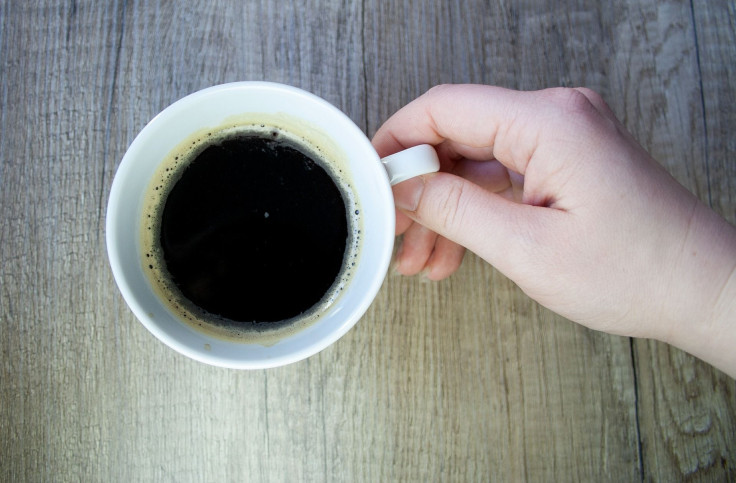Caffeine High: Your Doctor Probably Drinks Too Much Coffee, And It's Affecting Your Health

Americans love coffee, with well over half of the country consuming at least one cup a day. But what happens when too much coffee is consumed in a field as life and death as medicine? For a new study, published in the British Medical Journal, researchers analyzed the coffee consumption patterns of doctors to find out who was drinking the most.
For the study, researchers focused on a large teaching hospital in Switzerland, where doctors’ coffee consumption was tracked on a daily basis over a 12-month period. They collected everything from the type of coffee they drank, the time of sale, and number of coffees purchased to the purchaser’s profession, medical specialty, position, gender, and age. Purchases were recorded through the hospital’s electronic payment system, which is linked to each doctor’s ID badge. Doctors were incentivized to purchase coffee from the hospital because they were offered a heavy staff discount of 45 percent per purchase.
Once all of the data was collected in 2014, researchers calculated and categorized the information. More than 84 percent of doctors purchased at least one coffee that year for a grand total of 70,772 coffees sold to doctors throughout the hospital’s cafeterias. But consumption varied significantly between specialties and genders. Surgeons drank notably more coffee than physicians, while anesthesiologists drank the least amount. On average, orthopedic surgeons drank the most coffee per person throughout the year, followed by radiologists, and general surgeons, respectively. Across the board, men drank more coffee than women.
According to researchers, doctors aren’t drinking coffee for the taste but instead to reap the stimulating and eye opening effects. Coffee enhances their performance on the job, a technique called the “fatigue management strategy.” Because two-thirds of physicians work between 40 and 60 hours per week and one-quarter of physicians work between 61 and 80 hours per week on average, there’s less time for sleep.
Caffeine has the ability to mask drowsiness symptoms, allowing a person to push through long shifts. Up to 400 milligrams (mg) of caffeine, or 4 cups of coffee, seems to be the safe cap for most healthy adults, according to the Mayo Clinic. As the day goes on, a chemical in the brain called adenosine begins to build, and once there’s enough, it attaches to its receptor “A1,” causing a person to tire over time. Caffeine is the same shape and size as adenosine, so it can enter into the A1 receptor, blocking the real adenosine from entering and telling your body it’s tired. Next, the feel-good chemical dopamine circulates more rapidly, along with glutamate to provide energy and cue adrenaline.
But once the coffee dries up, all the extra adenosine that’s been waiting at the doorway of the receptors come rushing in, wearing off caffeine’s effects. For doctors, this is especially worrisome. Coming down from a caffeinated buzz reduces cognitive performance and has a negative impact on mood, resulting in a tired and more easily irritable doctor. When caffeine puts the brain into a hyper-aroused state, emotions overrun behavior. Caffeine raises blood pressure, stimulates the heart, and can produce rapid shallow breathing, which ultimately deprives the brain of the oxygen it needs to keep you thinking calm and rational. The only way to get back to normal is to drink more caffeine, which may be why doctors drink so much of it to begin with.
Source: Giesinger K, Hamilton DF, Erschbamer M, Jost B, and Giesinger JM. Black medicine: an observational study of doctors’ coffee purchasing patterns at work. BMJ. 2015.



























